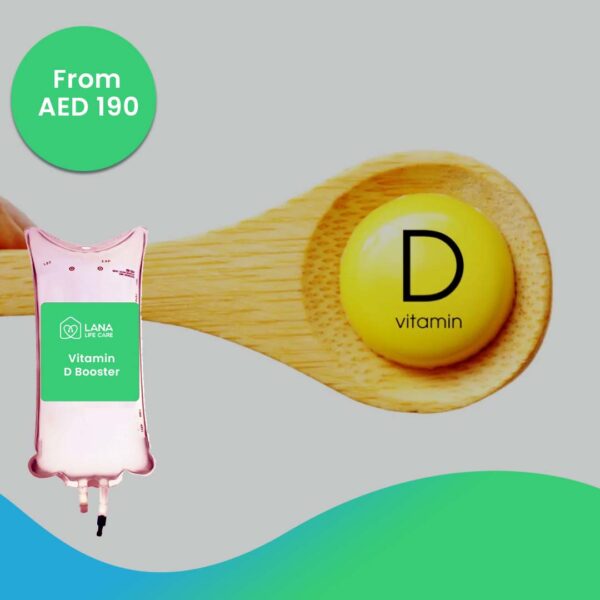
Sometimes, certain health conditions prevent patients from eating normally orally. In such cases, the doctor may resort to using a feeding tube, specifically the peg tube feeding, to ensure the patient receives the necessary nutrients in sufficient quantities. However, it’s essential to understand how and when these tubes are used and when to ask for tube feeding at home in Dubai.
A percutaneous endoscopic gastrostomy (PEG), also known as PEG tube feeding, is a well-known medical procedure in which an enteral feeding tube is inserted and connected directly to the patient’s stomach to ensure that the patient receives nutrition directly through the stomach.
Doctors rely on endoscopic surgery when inserting a gastrostomy tube by making small incisions and using a long, flexible instrument called an endoscope. The patient also receives intravenous anesthesia and antibiotics before surgery to ensure protection from pain and infection during the insertion of the gastric tube, as follows:
This procedure takes approximately 30 minutes, but the patient is monitored by the doctor for a few hours afterward to ensure the tube is functioning correctly.
There are some details regarding therapeutic doses that must be taken into consideration and discussed with the doctor before undergoing peg tube feeding, such as the presence of any health disorders related to blood clotting, allergies to any medications, or having chronic diseases such as heart disorders.
For instance, in certain medical conditions, a patient’s medication dosage may be adjusted, such as:
Please note that you must refrain from eating and drinking for at least 6-8 hours before surgery.
In addition, feeding tube care requires cleaning the tube daily by rinsing it with warm water using a syringe before and after feeding or receiving medications, and also cleaning its tip with a disinfectant wipe to avoid infection.
Inserting the peg tube feeding by a skilled and experienced surgeon, and ensuring its proper use and regular cleaning afterward, spares the patient from many complications. However, the patient may sometimes be exposed to:
Regarding the patient’s outlook after PEG tube insertion, most patients do not experience any problems or complications after undergoing this surgery and can completely recover within a short period. However, the patient’s condition after the operation, whether it improves, stabilizes, or leads to complications, depends largely on their overall health.
The tube can be used for months or years, depending on the patient’s condition. However, in case of blockage or erosion of the PEG tube, manifested by leaking, bumps, or indentations on the tube, a doctor must be consulted to determine whether it should be removed or replaced.
In some cases, immediate medical attention is necessary, such as if the feeding tube accidentally falls out or becomes dislodged. In such cases, medical treatment within 24 hours is crucial to prevent serious complications.
You should also consult a doctor if you experience persistent pain or discharge around the tube.
Using peg tube feeding requires round-the-clock, integrated patient care from a specialized healthcare provider to deliver nutrition and medications via the tube to the patient’s stomach without the tube being dislodged or falling out, and to monitor the patient’s condition and inform the doctor of any disturbances related to using the tube.
At Lana Life Care, the best trusted provider of Home Health Care in Dubai, we have DHA-licensed nurses specializing in providing feeding tube care services with precision and expertise, to provide comfort, safety, and integrated care for the patient in the comfort of their home or in nursing homes, at competitive prices.
Patients who use peg tube feeding due to difficulties and problems with oral feeding cannot eat orally while using the tube.
The PEG tube can be used 3 to 6 times daily every 4 to 6 hours. However, it depends on the patient’s nutritional and medication needs and the doctor’s instructions.
No doubt, it varies drastically from one medical condition to another, depending on the patient’s overall health.
Yes, you can shower with a PEG tube after 48 hr of the surgery at least.
The first healing period for most patients typically ranges between 24 to 48 hr.
The PEG tube feeding can be permanent or temporary according to the patient’s needs.



